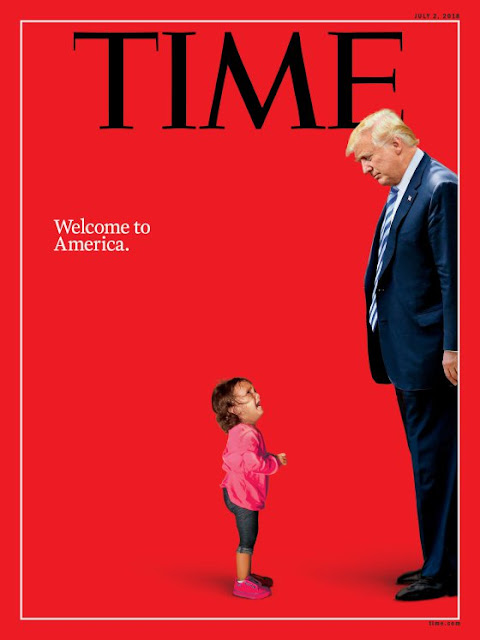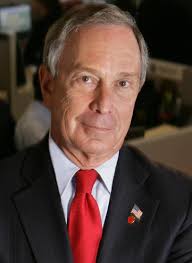Climate Change and its impact on US Ocean Ecosystems
An excerpt from the report of Fourth National Climate Assessment Human-caused carbon emissions influence ocean ecosystems through three main processes: ocean warming, acidification, and deoxygenation. Warming is the most obvious and well-documented impact of climate change on the ocean. Ocean surface waters have warmed on average 1.3° ± 0.1°F (0.7° ± 0.08°C) per century globally between 1900 and 2016, and more than 90% of the extra heat linked to carbon emissions is contained in the ocean.15 This warming impacts sea levels, ocean circulation, stratification (density contrast between the surface and deeper waters), productivity, and, ultimately, entire ecosystems. Changes in temperature in the ocean and in the atmosphere alter ocean currents and wind patterns, which influence the seasonality, abundance, and diversity of phytoplankton and zooplankton communities that support ocean food webs. Increased CO2 levels in the atmosphere are also causing a decline in ocean oxygen conce...

